Comet 3I/ATLAS “really did arrive with fantastic timing.”
matthew hopkins, How an Interstellar Interloper Spurred Astronomers into Action


Comet 3I/ATLAS “really did arrive with fantastic timing.”
matthew hopkins, How an Interstellar Interloper Spurred Astronomers into Action
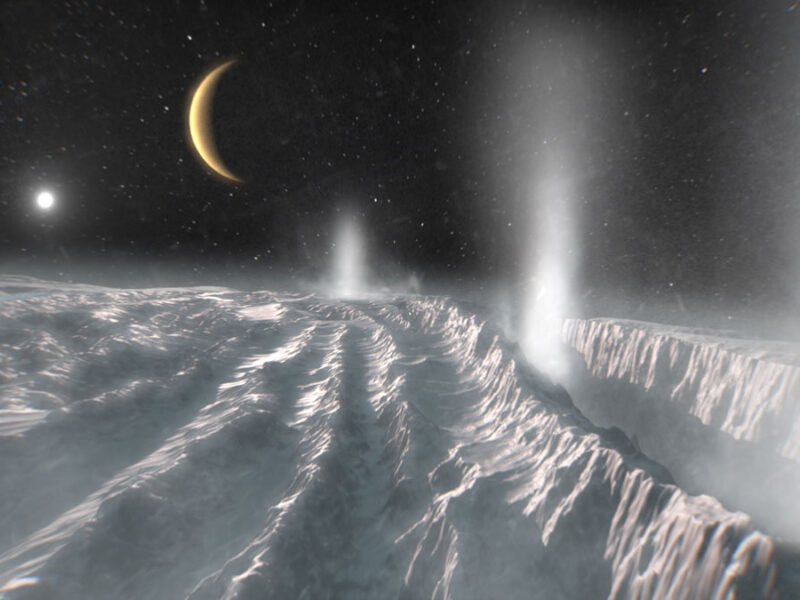
As missions prepare to visit ocean worlds like Enceladus and Europa, new findings show scientists must first learn to distinguish between radiation-made organics and those born in a subsurface sea.
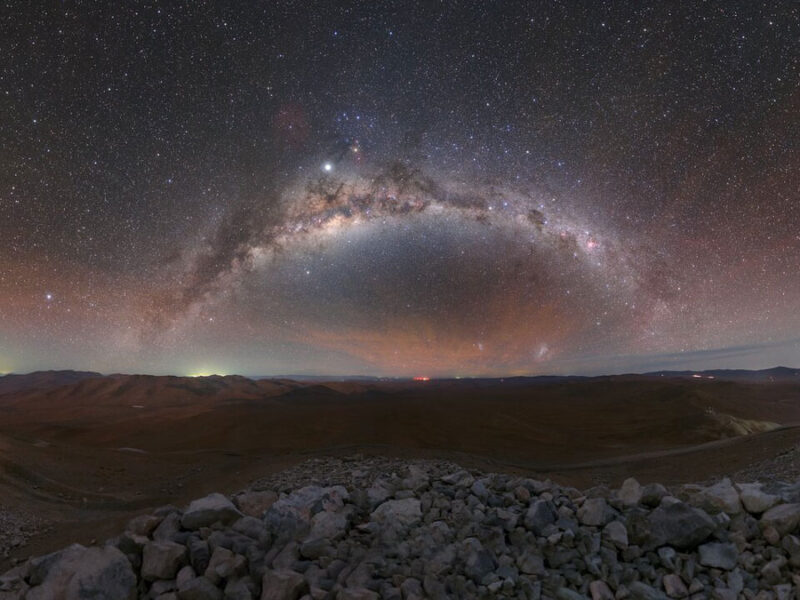
Researchers found signs of melting in zircon crystals in the crust that correspond to our planet’s journey through the galaxy’s spiral arms.
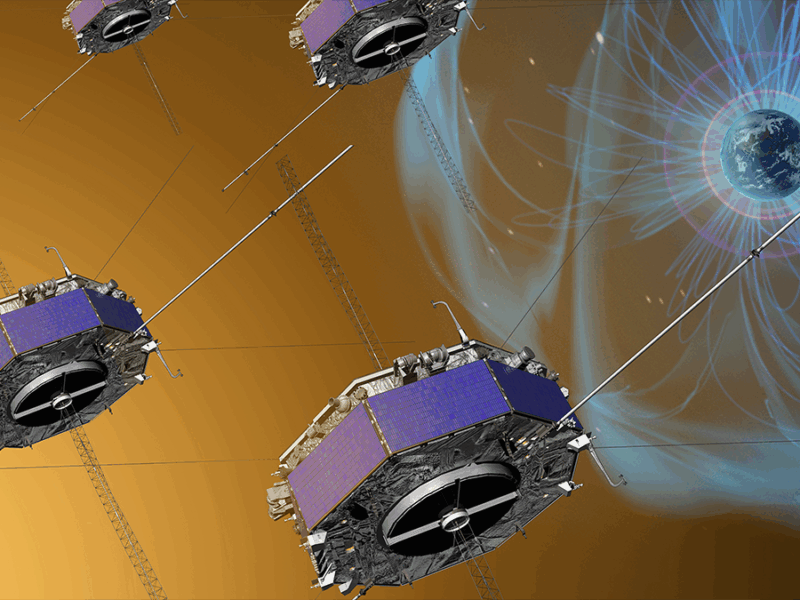
Until recently, this type of zigzag shape—formed by energetic rearrangement of magnetic field lines—had been seen only near the Sun.
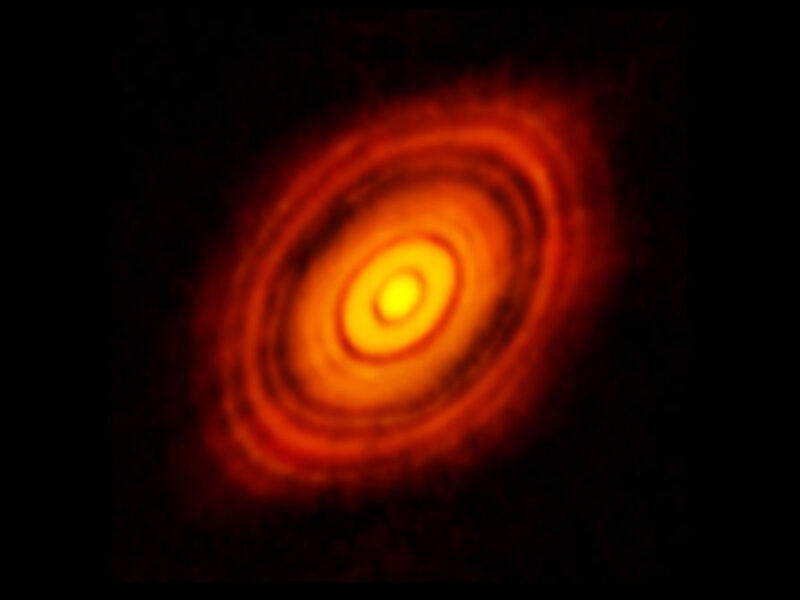
A liquid metal experiment has shown how magnetic rotational instability might allow dust to pool together in disks around young stars to form new worlds.
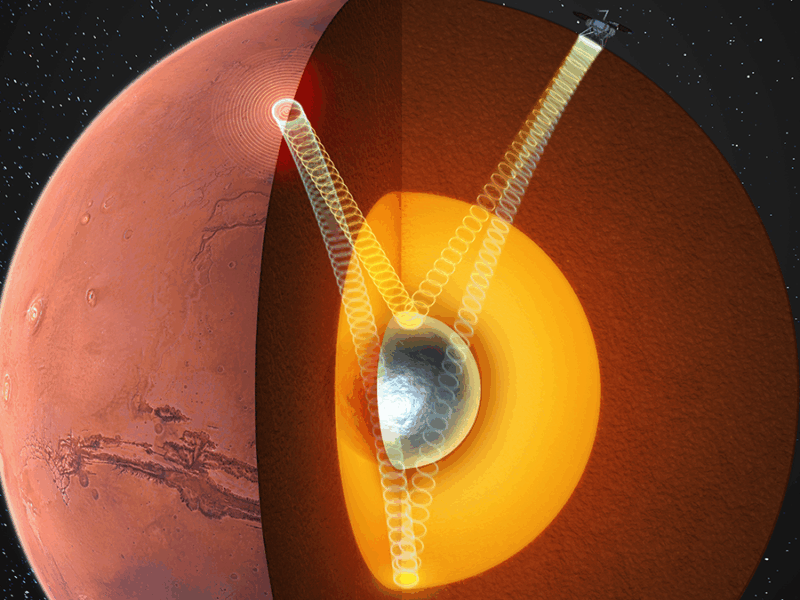
Seismic clues from NASA’s InSight mission suggest that Mars hides a solid inner core, and raise new questions about why the planet’s magnetic field disappeared.
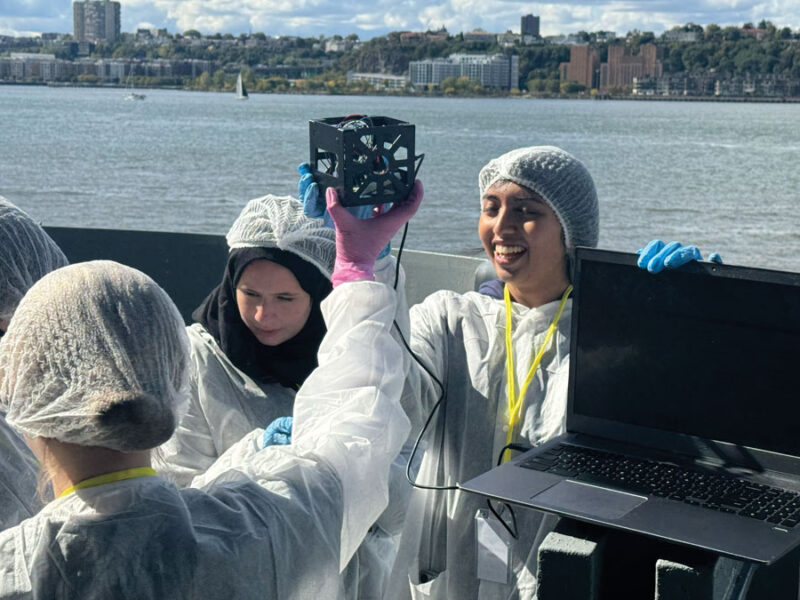
Programs that teach students to design, build, and launch tiny satellites are helping to inspire the next generation of space scientists and engineers.
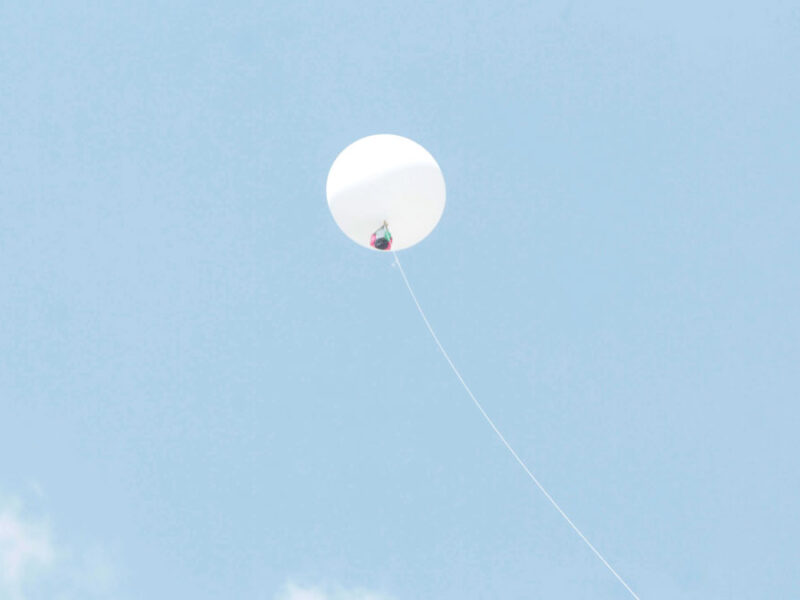
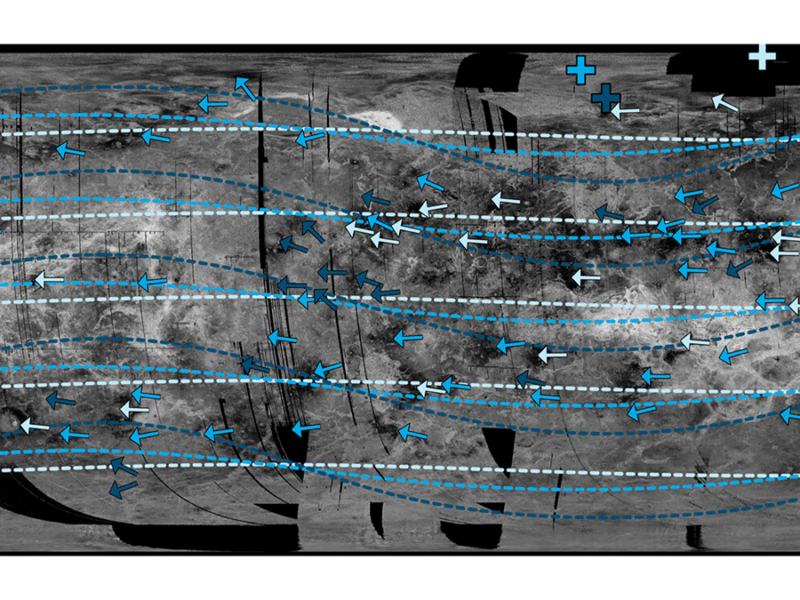
The orientation of wind-blown impact deposits on Venus is not consistent with modeled wind directions, suggesting Venus’s rotation axis may have changed.
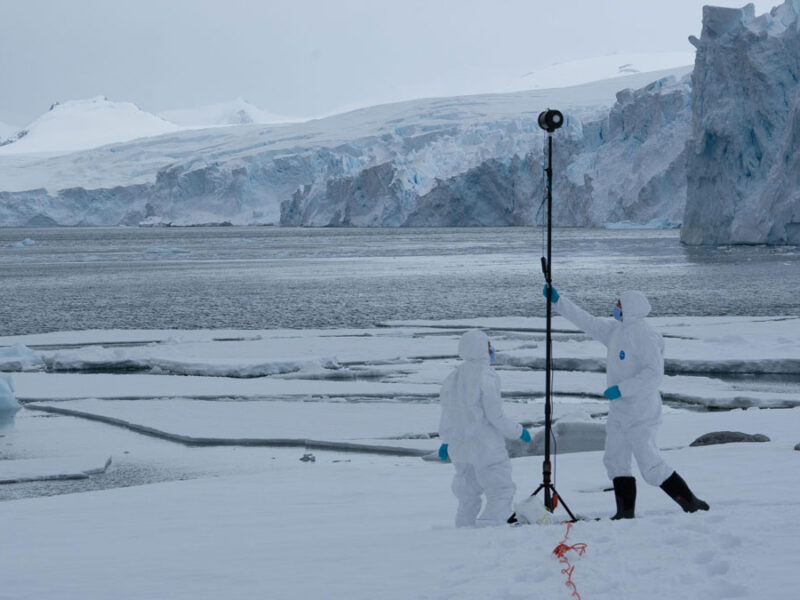
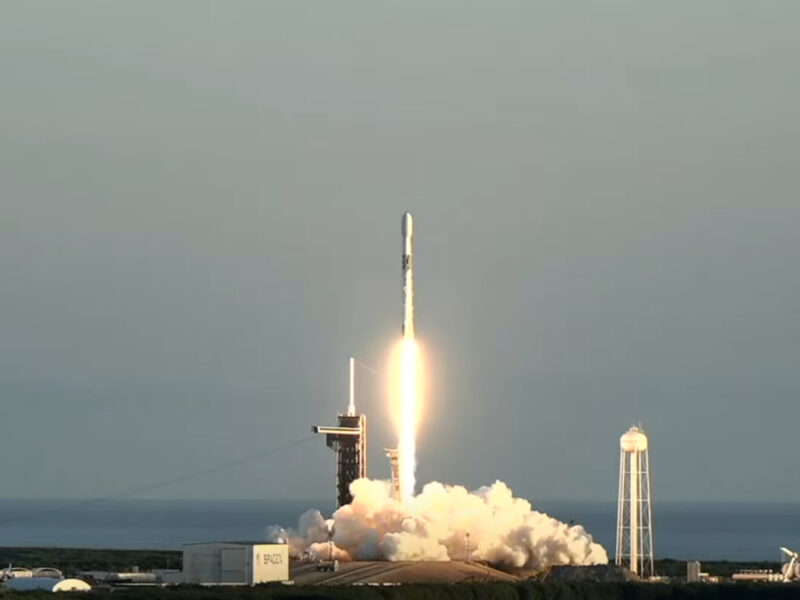
These three satellites will that study the solar wind and its impacts.
Something went wrong. Please refresh the page and/or try again.